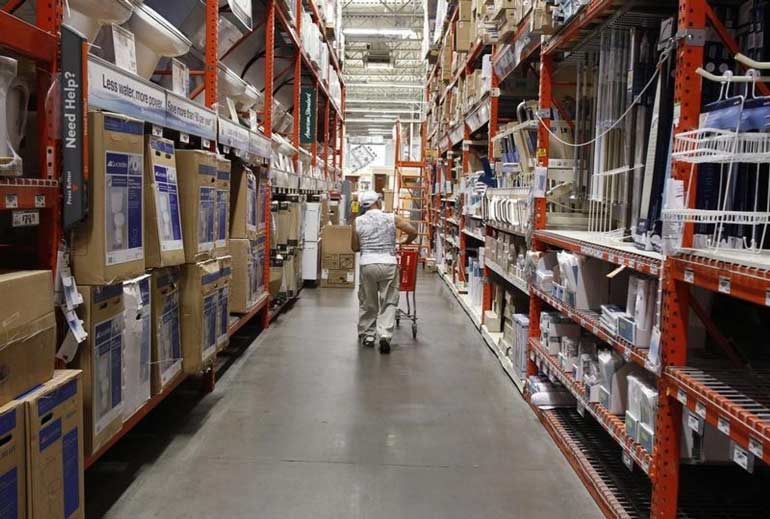Saturday Apr 20, 2024
Saturday Apr 20, 2024
Monday, 28 September 2015 00:00 - - {{hitsCtrl.values.hits}}

The US economy expanded more than previously estimated in the second quarter on stronger consumer spending and construction, backing the case for an interest rate rise before the end of the year despite data sounding a note of caution for September.
The Commerce Department said on Friday gross domestic product rose at a 3.9% annual pace in the April-June quarter, up from the 3.7% pace reported last month.
The data supports the case that the U.S. economy may be gaining enough strength to withstand an increase in benchmark interest rates from record low levels despite growing concerns about the global economy.
Still, many economists are expecting a cooler pace of growth in the third quarter, a view bolstered by separate data showing slower growth in services and a drop in consumer sentiment in September.
The US Federal Reserve last week held off on hiking rates, but Fed Chair Janet Yellen kept the door open to an increase this year in a speech on Thursday night, as long as inflation remains stable and growth is strong enough to boost employment.
“There are a lot of things to like about the domestic side of the economy for the second half of the year despite all the global malaise,” said Jacob Oubina, senior economist at RBC Capital Markets in New York. “If the domestic economy holds in there, (Fed policymakers) are going to hike in December.”
Second-quarter growth, which beat expectations in a Reuters poll for the third GDP reading to be unchanged at 3.7%, was bolstered by higher consumer spending, mainly on services like healthcare and transport.
Treasury debt prices extended losses and the dollar hit a fresh five-week high against a basket of currencies on the second-quarter figures, although US stock index futures pared some gains after the September data was released.
The preliminary Purchasing Managers Index for the services sector from Markit slipped to 55.6 in September from the final 56.1 reading in August. A reading over 50 signals expansion in economic activity.
“The survey data point to sustained steady expansion of the US economy at the end of the third quarter, but various warning lights are now flashing brighter, meaning growth may continue to weaken in coming months,” said Chris Williamson, chief economist at Markit.
The University of Michigan’s final reading on consumer sentiment for September slipped to 87.2 from 91.9 in August, although it was higher than expectations.
But the stronger consumer spending and a smaller inventory build reported for the second quarter are a good sign for growth in the July-September period.
Consumer spending, which accounts for more than two thirds of US economic activity, was revised up to a 3.6% growth pace from the 3.1% rate reported in August, helped by cheap gasoline prices and relatively higher house prices boosting household wealth.
Revised construction spending data helped to push up the headline figure, with non-residential fixed investment expanding 4.1% in the quarter. Business investment on structures was revised upwards along with residential fixed investment.
The revisions to second-quarter growth also reflected a smaller accumulation of inventories than earlier estimated, reducing the chance that a sharp unwinding in inventories would drag on growth.
“For the Fed, the forward-looking part is most important and the one positive take-away is inventory contribution,” said Gennadiy Goldberg, interest rates strategist at TD Securities.
“There had been quite a bit of fear that strong inventory building in Q2 would be unwound in Q3. It actually shows GDP should be a little firmer in the next quarter, but not by a whole lot.”
After-tax corporate profits were also stronger in the second quarter than previously thought. Profits after tax with inventory valuation and capital consumption adjustments showed a 2.6% rebound from a slump in late 2014 and early 2015.